Florence style chicken thighs
Why Florence? Because one of the main ingredients in this care-free one-pot dish is white beans and people in Florence and Tuscany have been famous bean eaters. Beans are heart-healthy carbohydrates which also contain vegetable protein, help to keep an even blood sugar and are basic ingredients in the Mediterranean Diet.
Dried white beans need to be soaked overnight in a generous amount of water. Next morning, drain the beans and discard the soaking water. Cook them in fresh water without salt for about 1 hour, maybe even longer, adding more water if needed. Cooking time depends on the size and age of the beans so after 45 minutes start testing the beans. They need to be very tender but not falling apart. When the beans are done, drain them and discard the cooking water.
This is a time-consuming process but cooked beans can be frozen in batches. Of course, you can use tinned high-quality cooked beans. Just rinse them under running water before using.
2 servings
4 organic chicken thighs with skin
Olive oil
½ medium onion, chopped
1 clove garlic, minced
1 tsp. Provençal herbs
Freshly ground black pepper
1 tsp. from a chicken stock cube
150 ml white wine
2 tbsp. concentrated Italian tomato paste
2 tbsp. black olives, pitted and halved
2 handfuls of sliced mushrooms
About 250 ml cooked white beans
Chopped parsley or rocket to decorate
Warm 2 tbsp. olive oil over medium heat in a heavy casserole, such as Le Creuset, and sauté the chicken thighs on both sides until golden brown. Add the onion and garlic and continue sautéing for a few minutes.
Warm 2 tbsp. olive oil over medium heat in a large frying an and cook the mushrooms until nicely coloured.
Preheat the oven to 200° C roast.
Pour the white wine in Le Creuset. Add the piece of chicken stock cube, tomato paste, herbs, and black pepper and stir into a sauce. Bring to a boil.
Add the beans and mushrooms to Le Creuset. Then transfer the casserole to the oven and roast for 30- 45 minutes checking occasionally that there is enough liquid. Add a little water if needed.
Add the olives to Le Creuset after removing from the oven. Divide on the plates and decorate with fresh herbs.











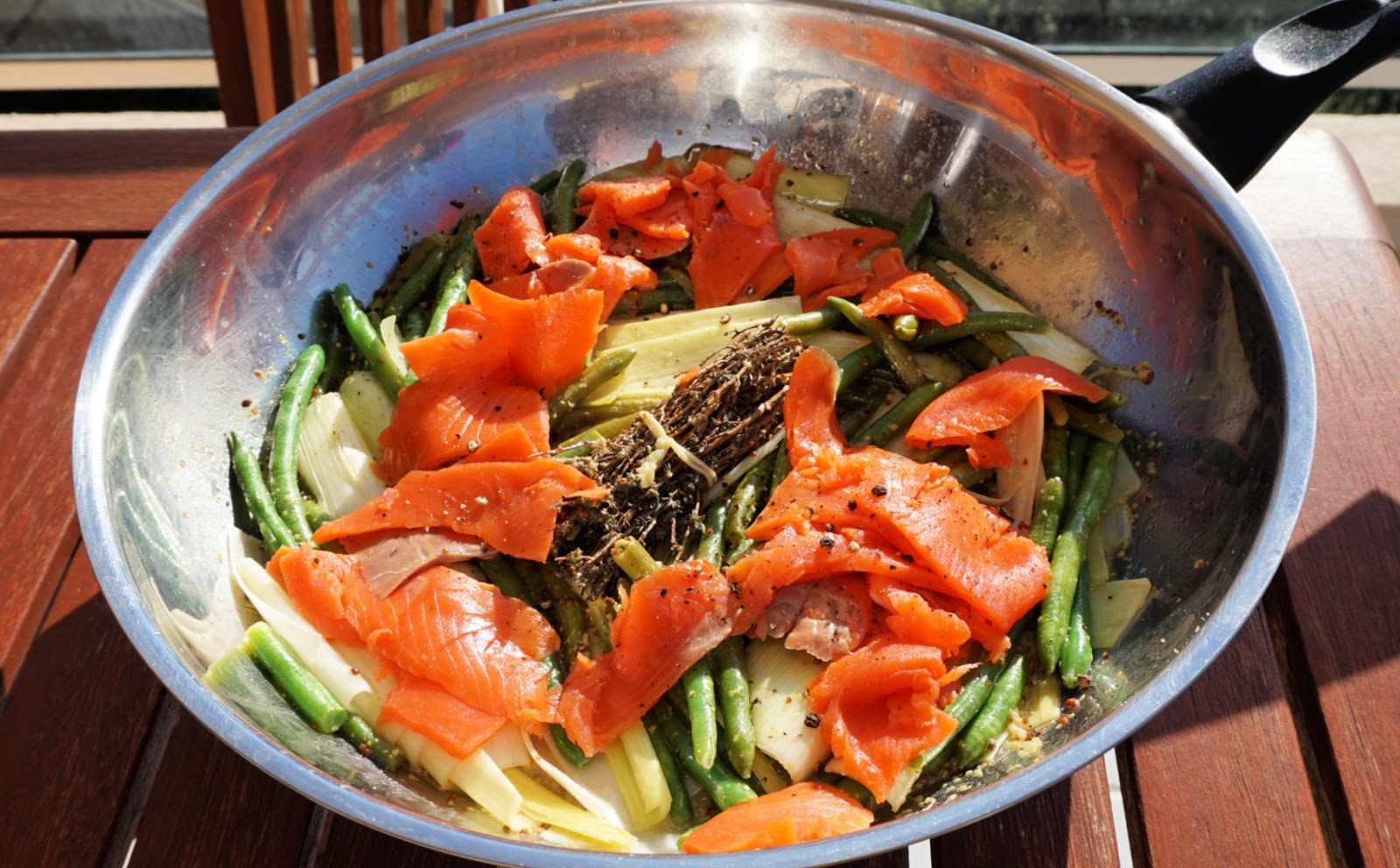

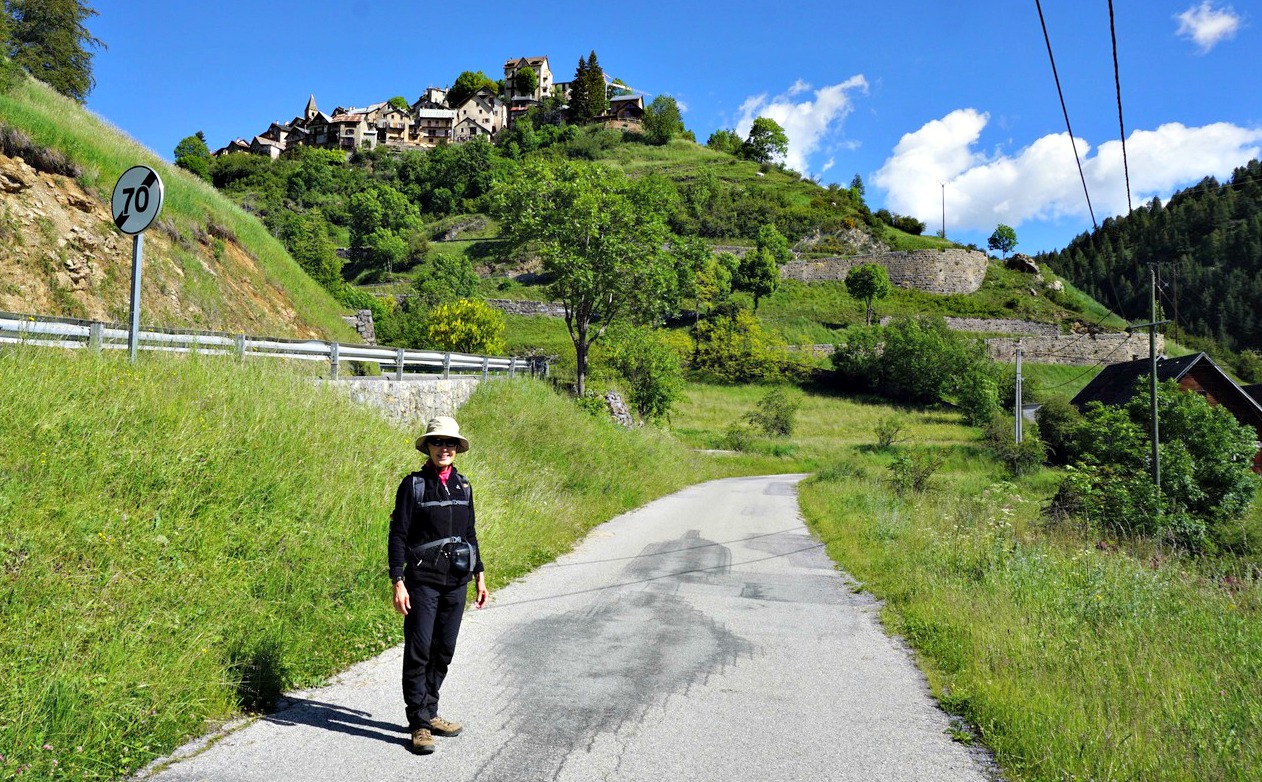
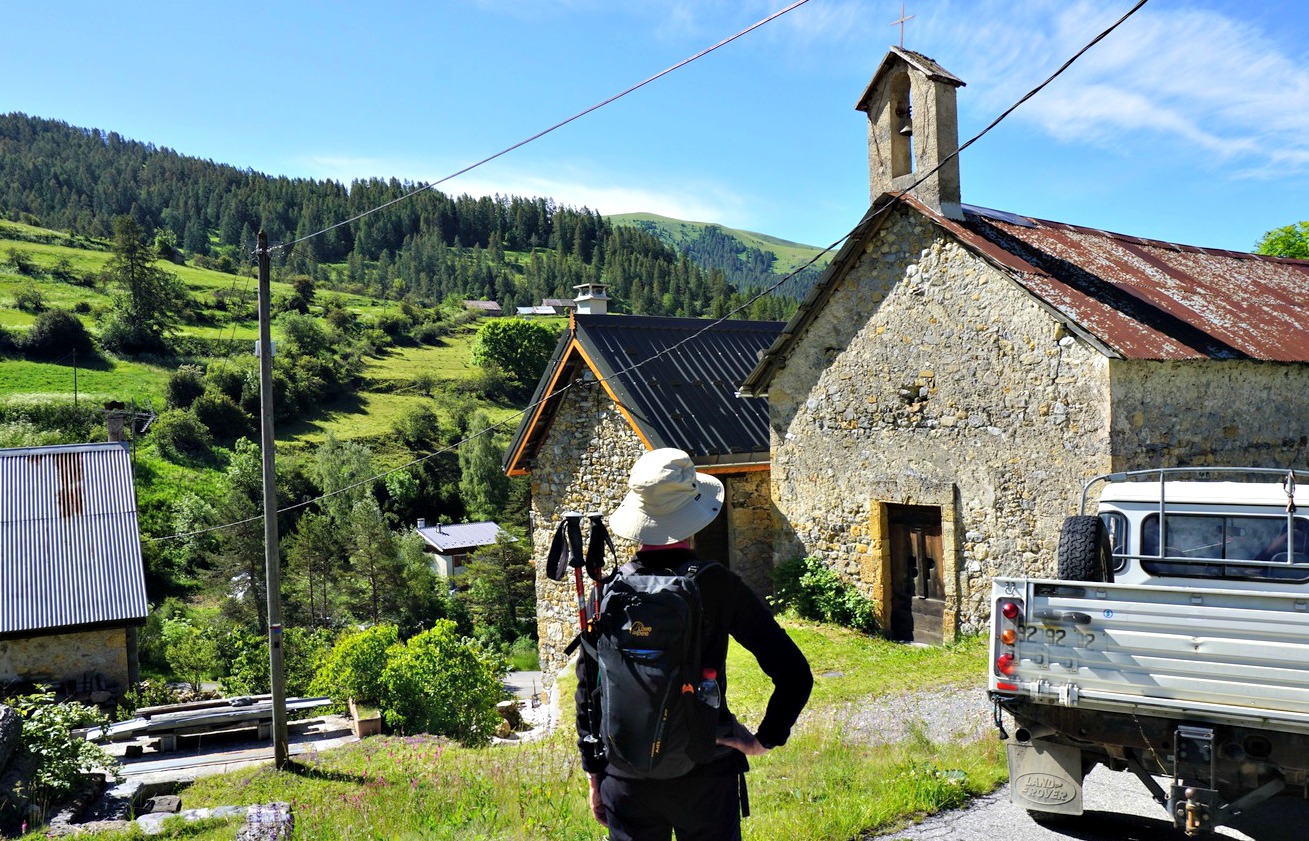




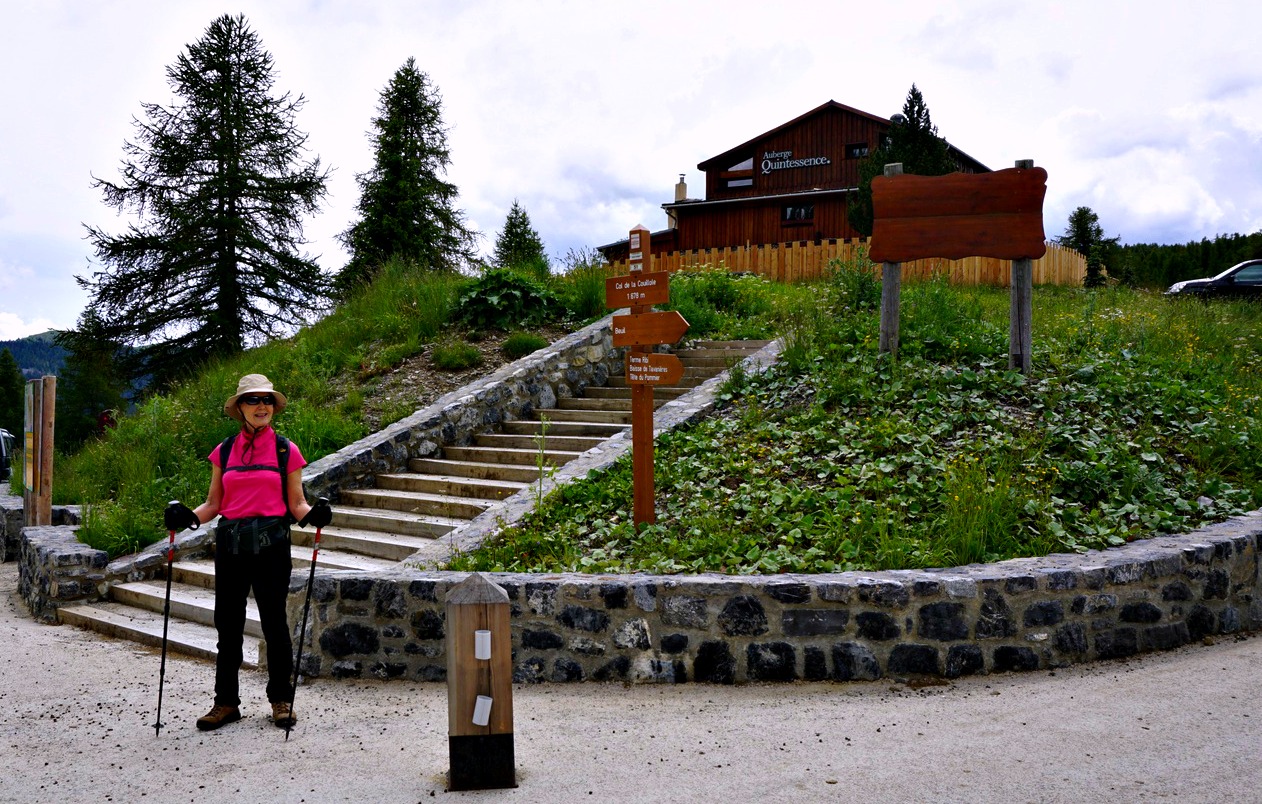
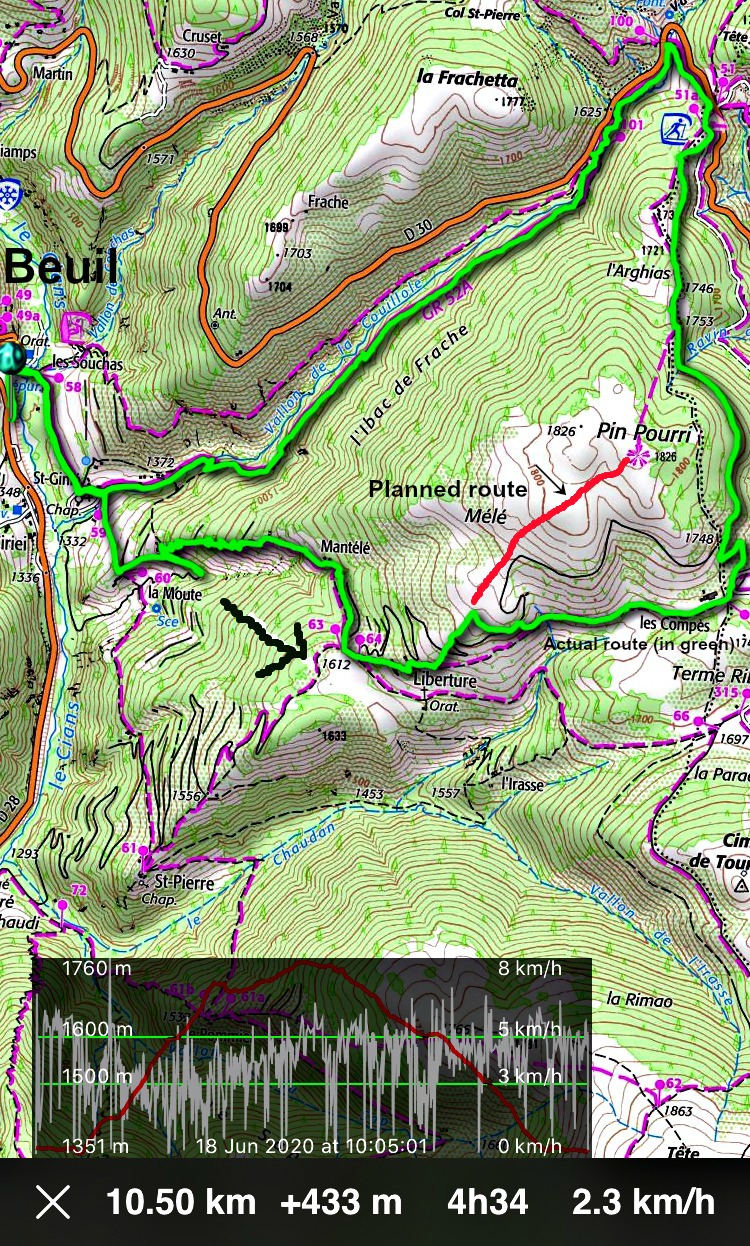

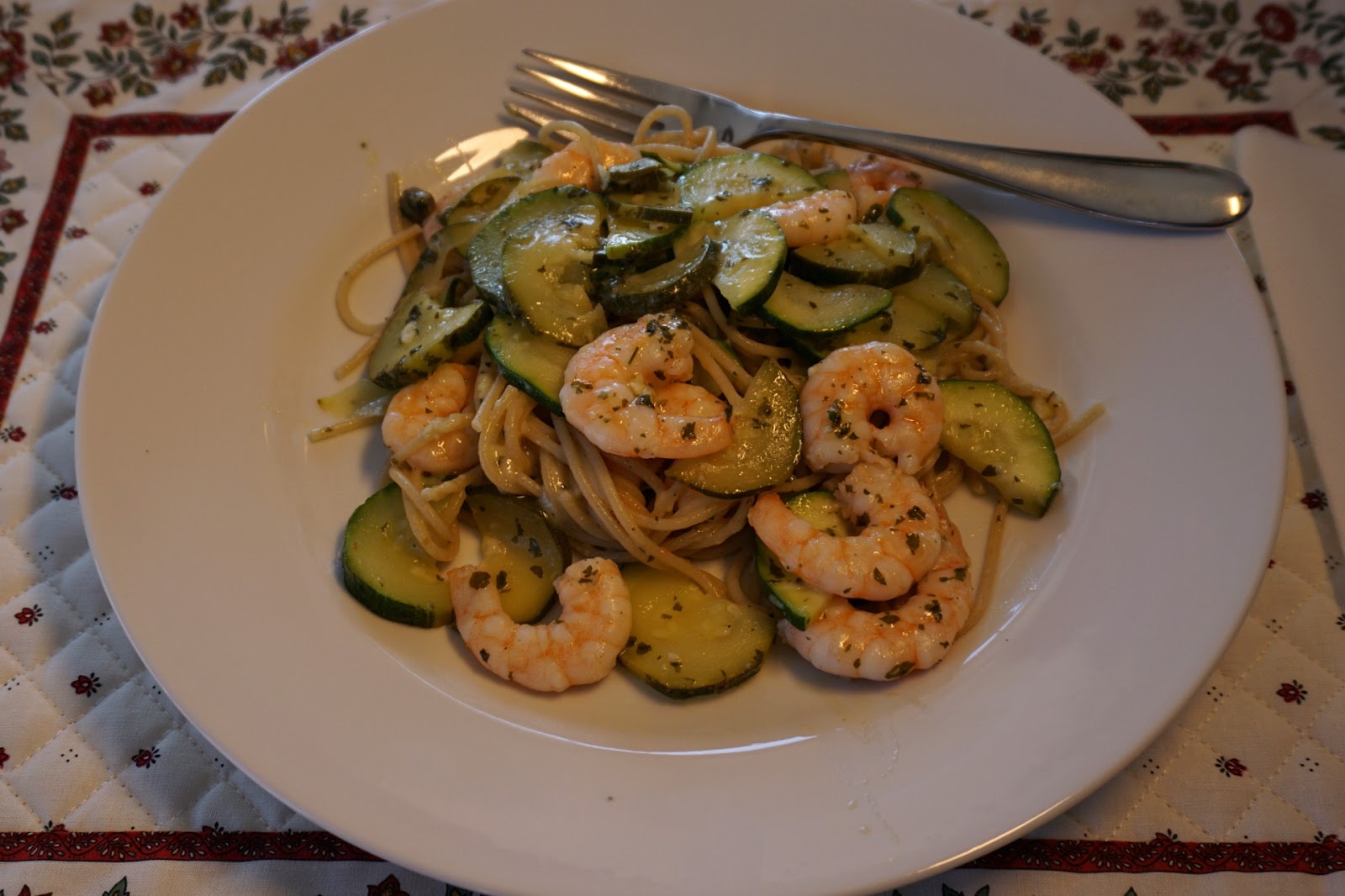








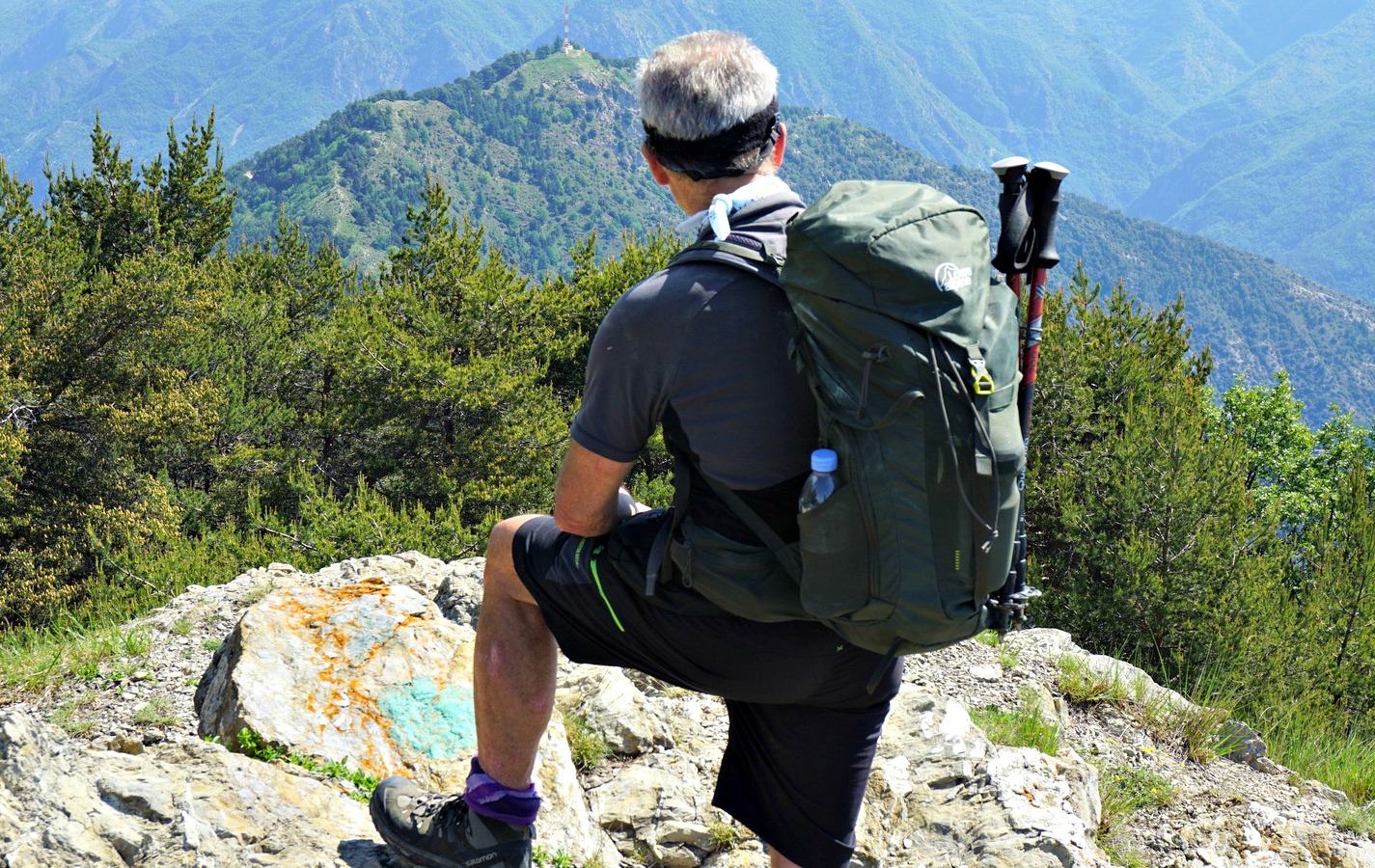


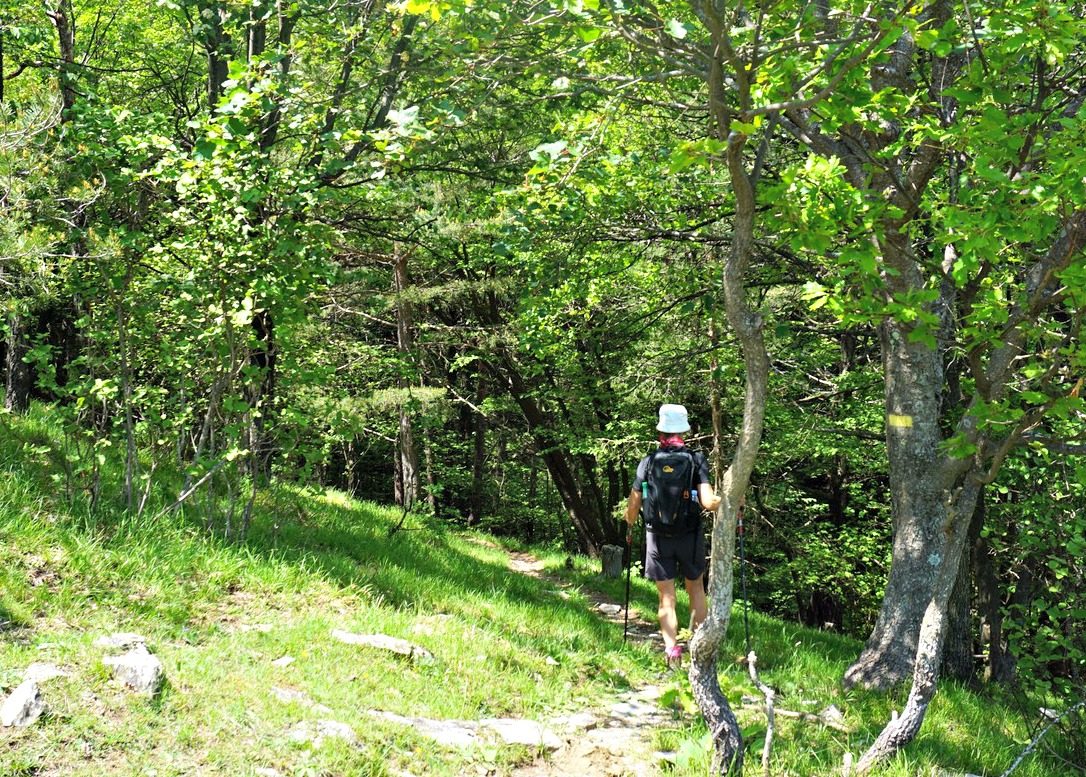
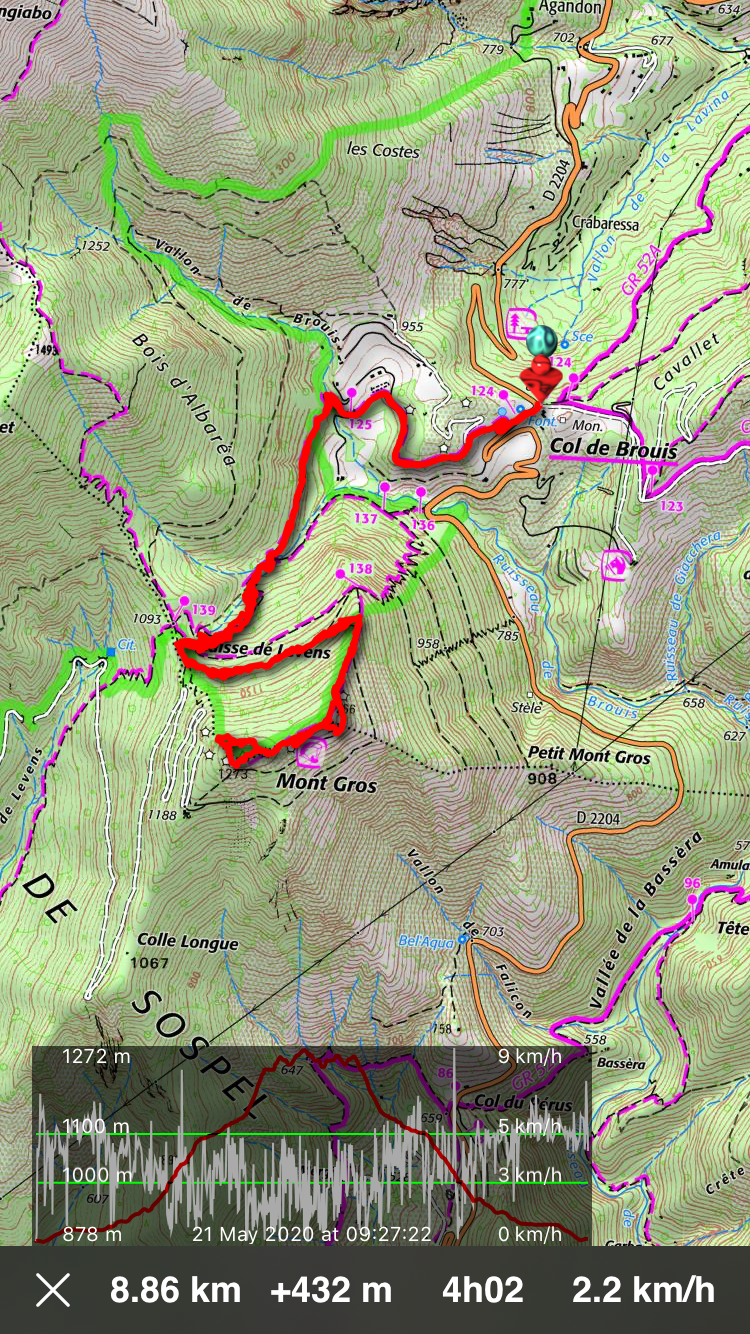
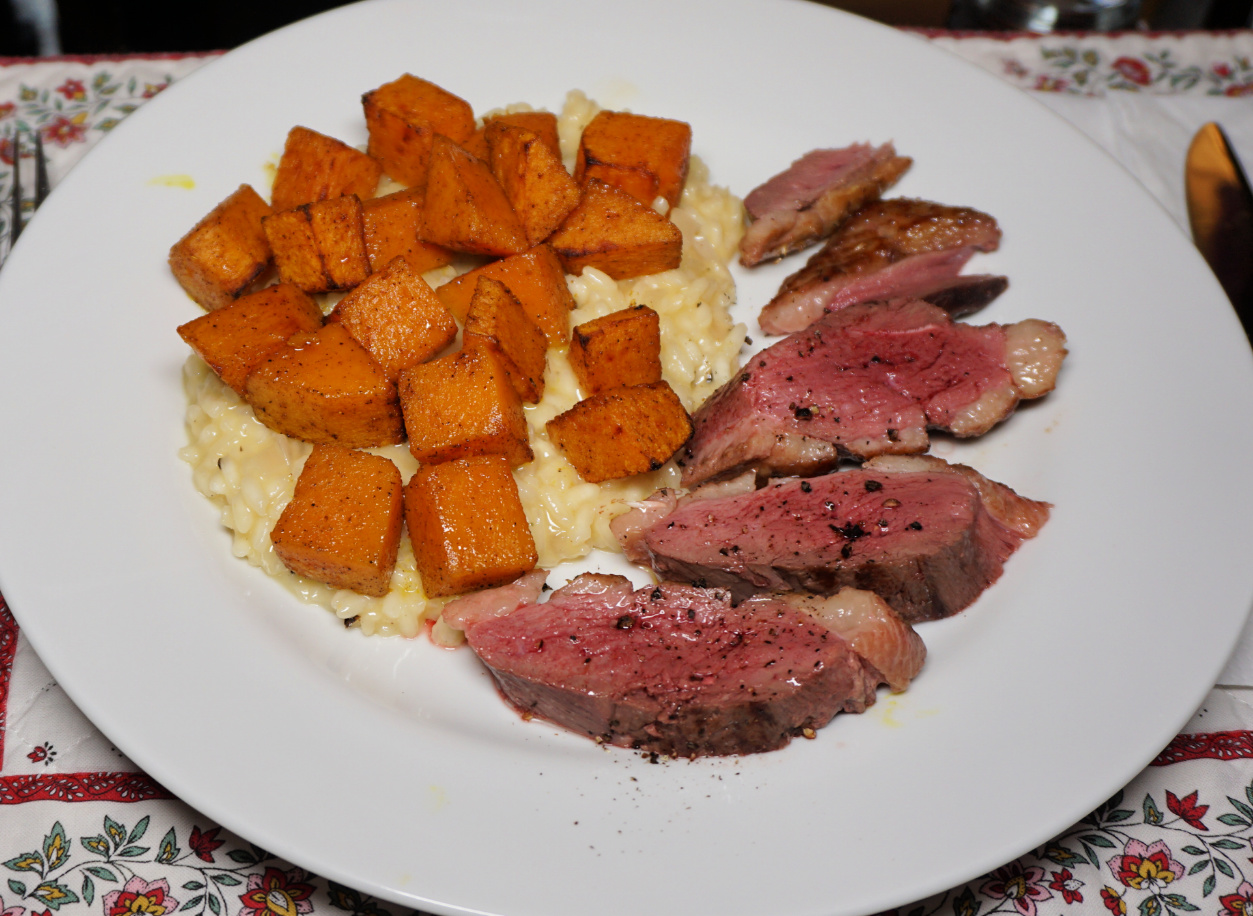
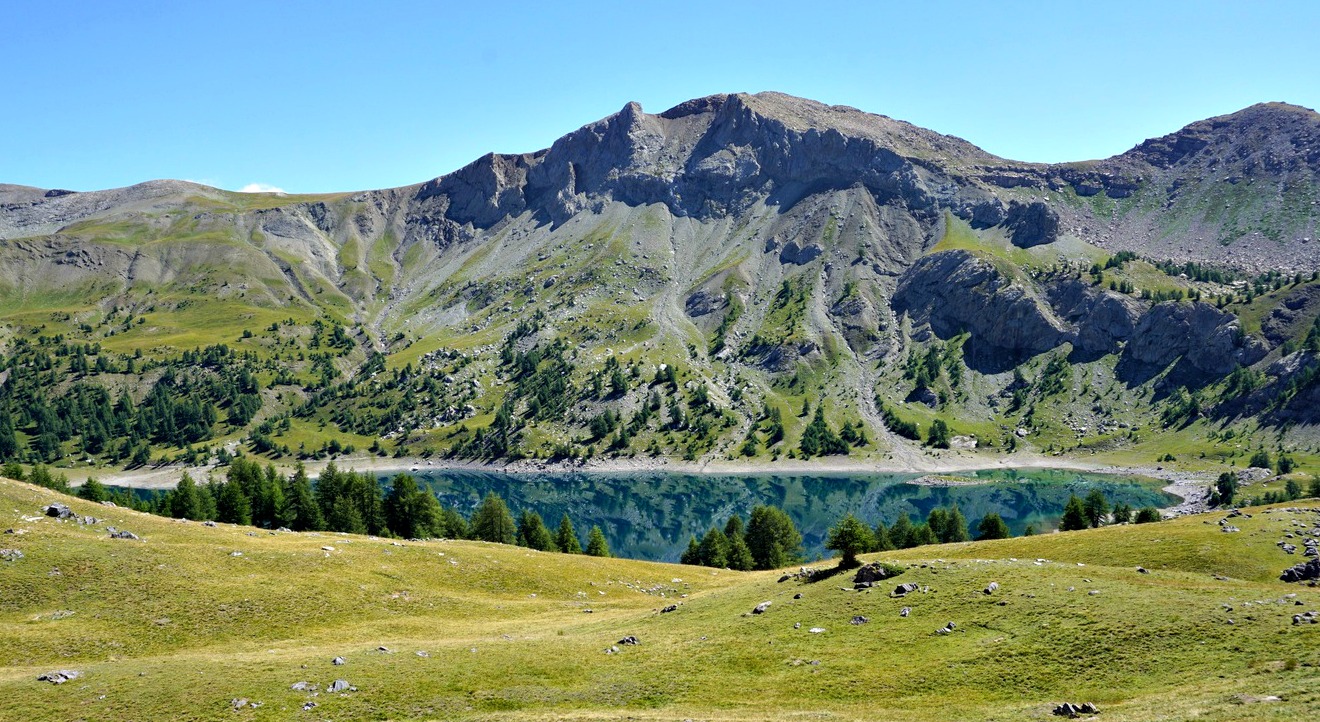


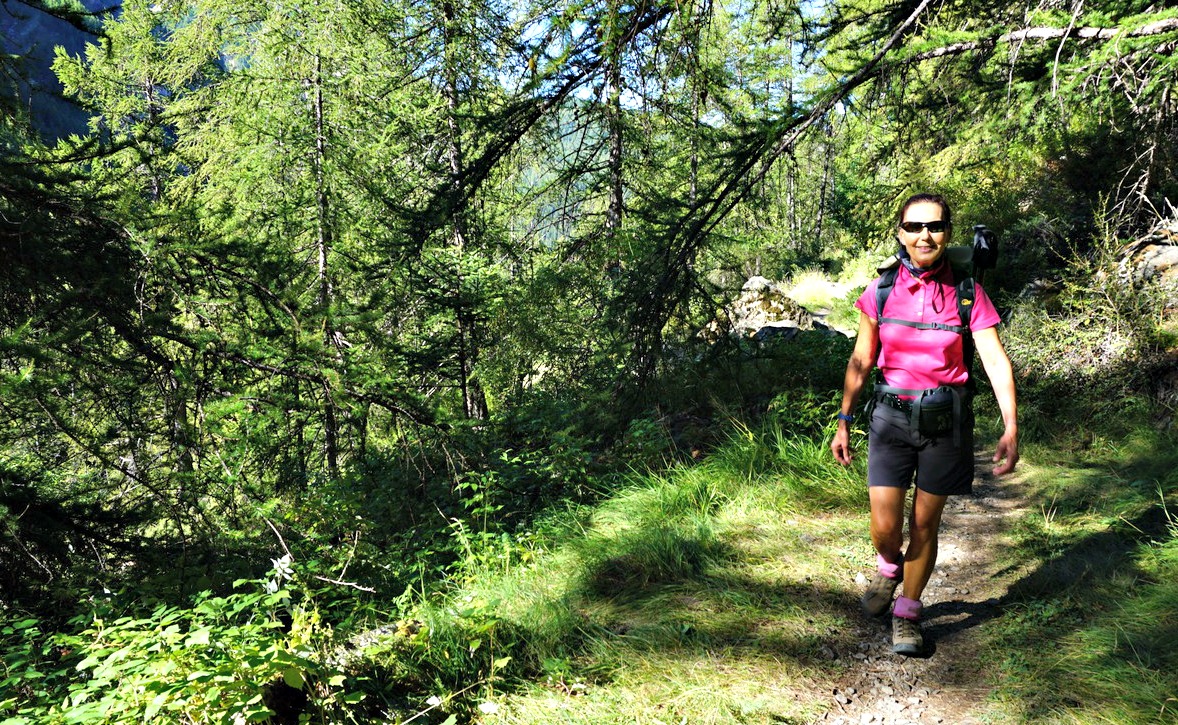
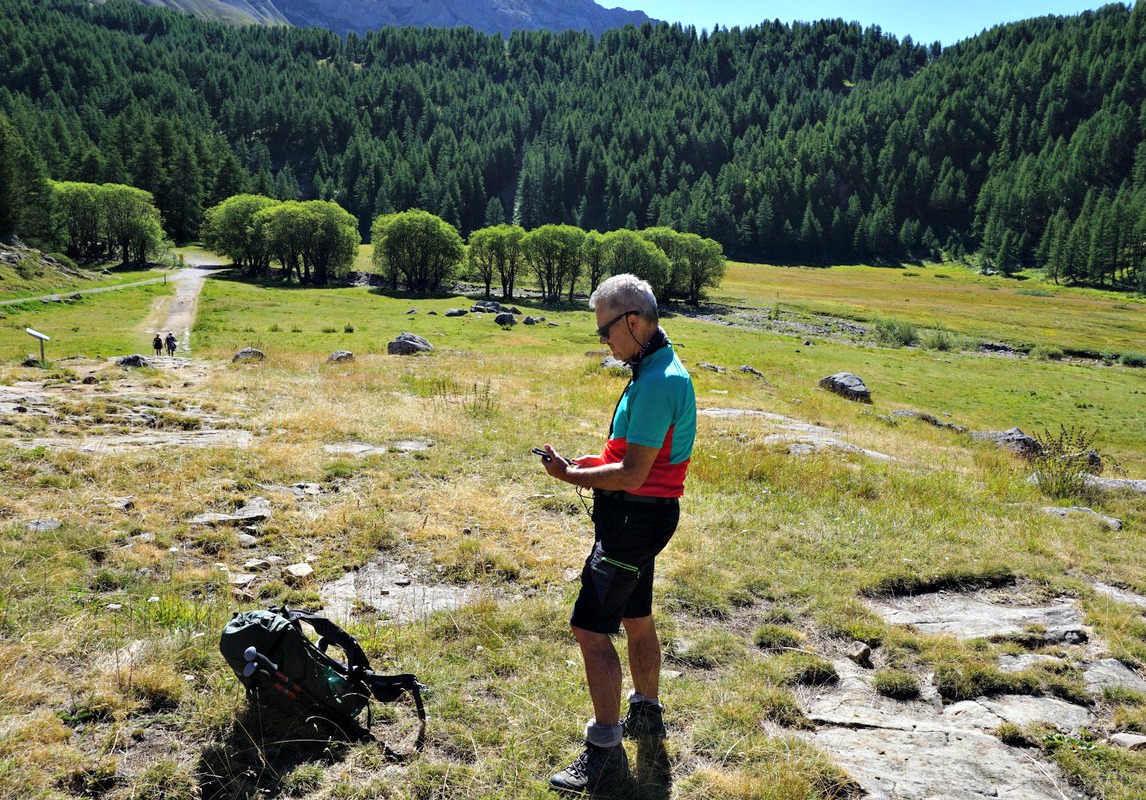

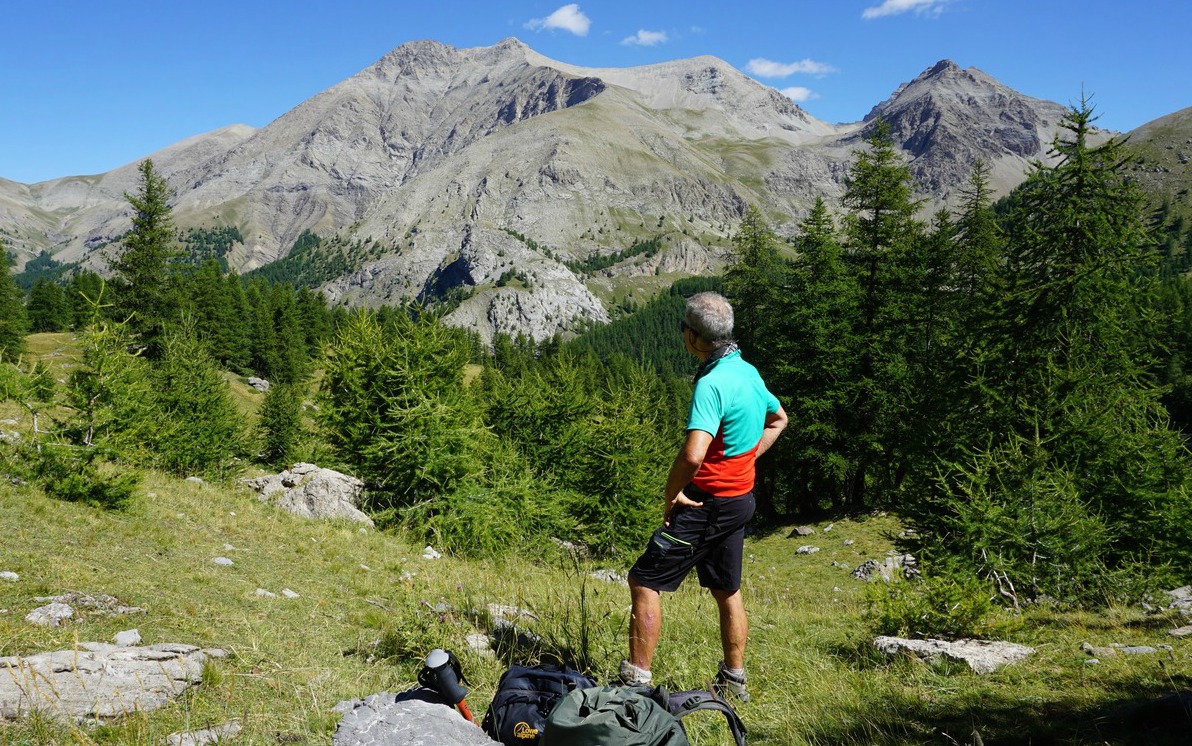


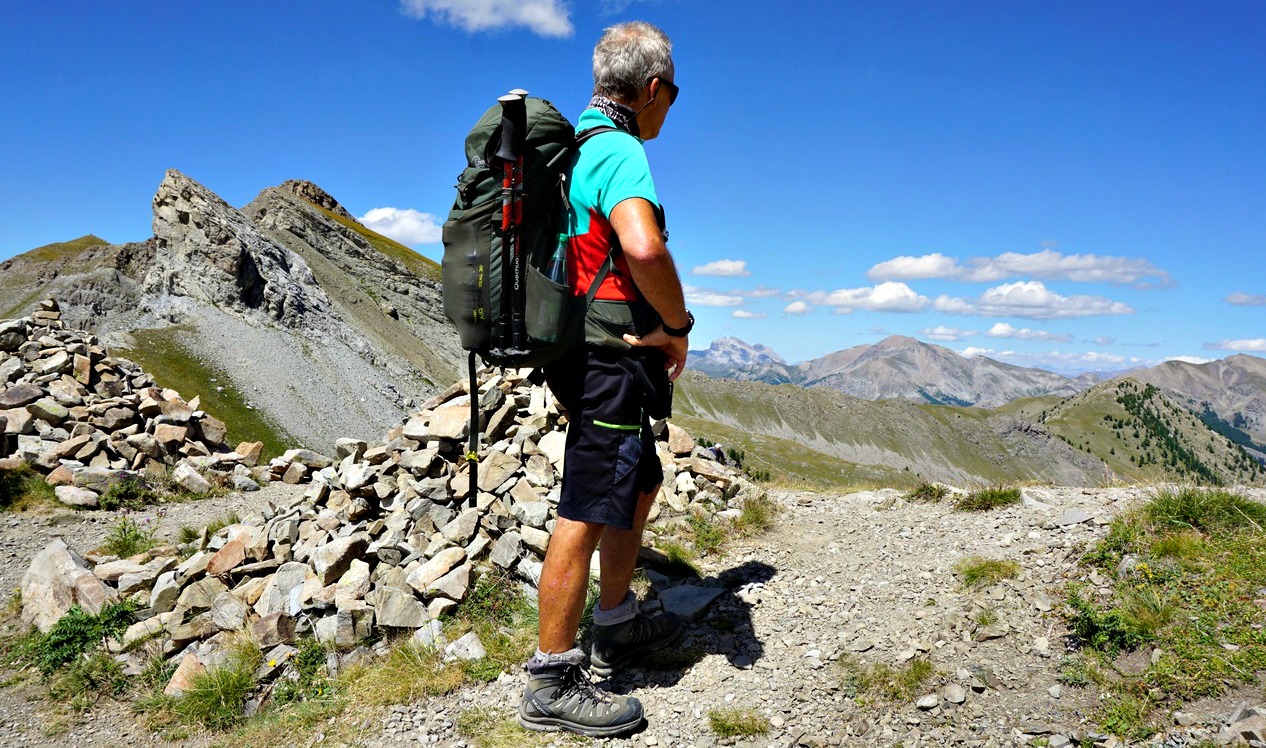


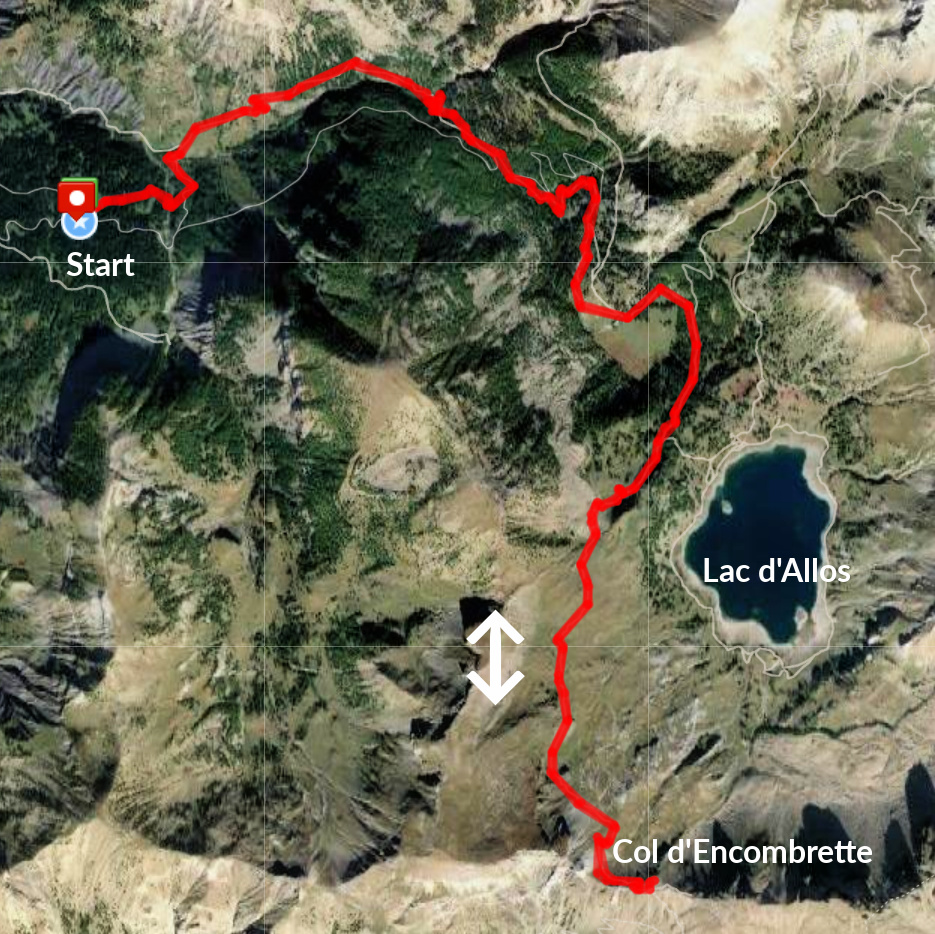
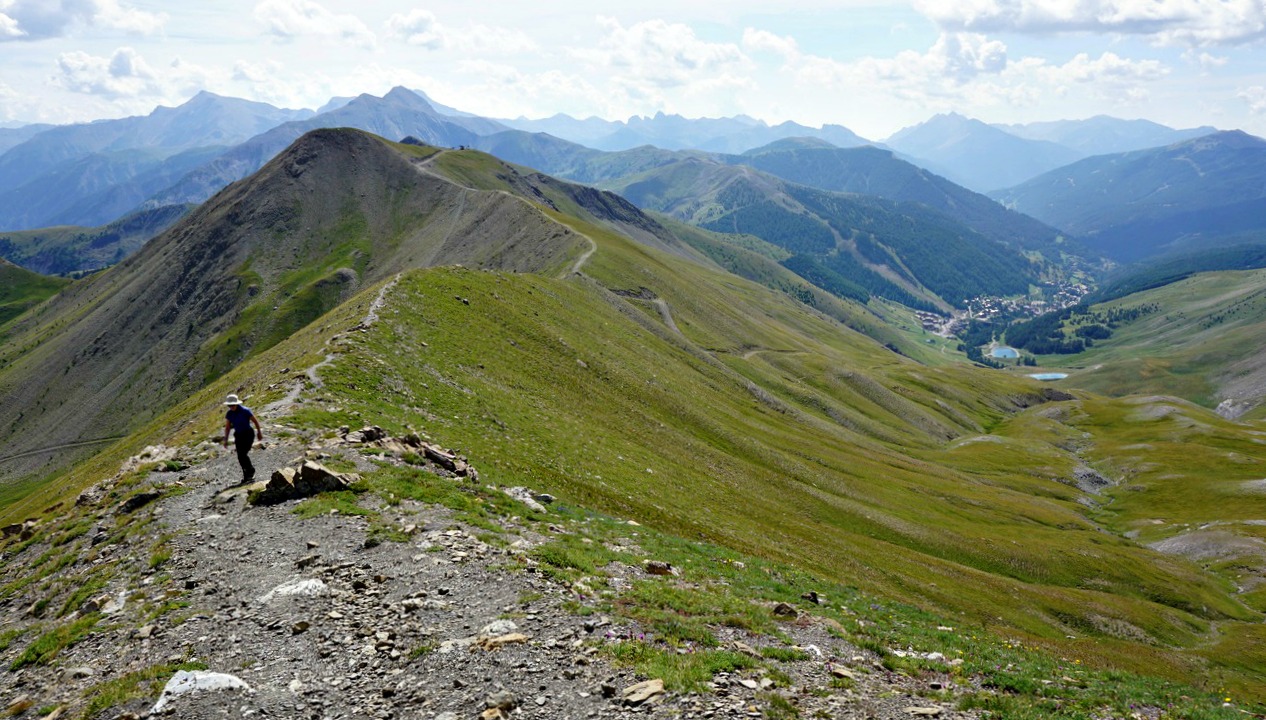


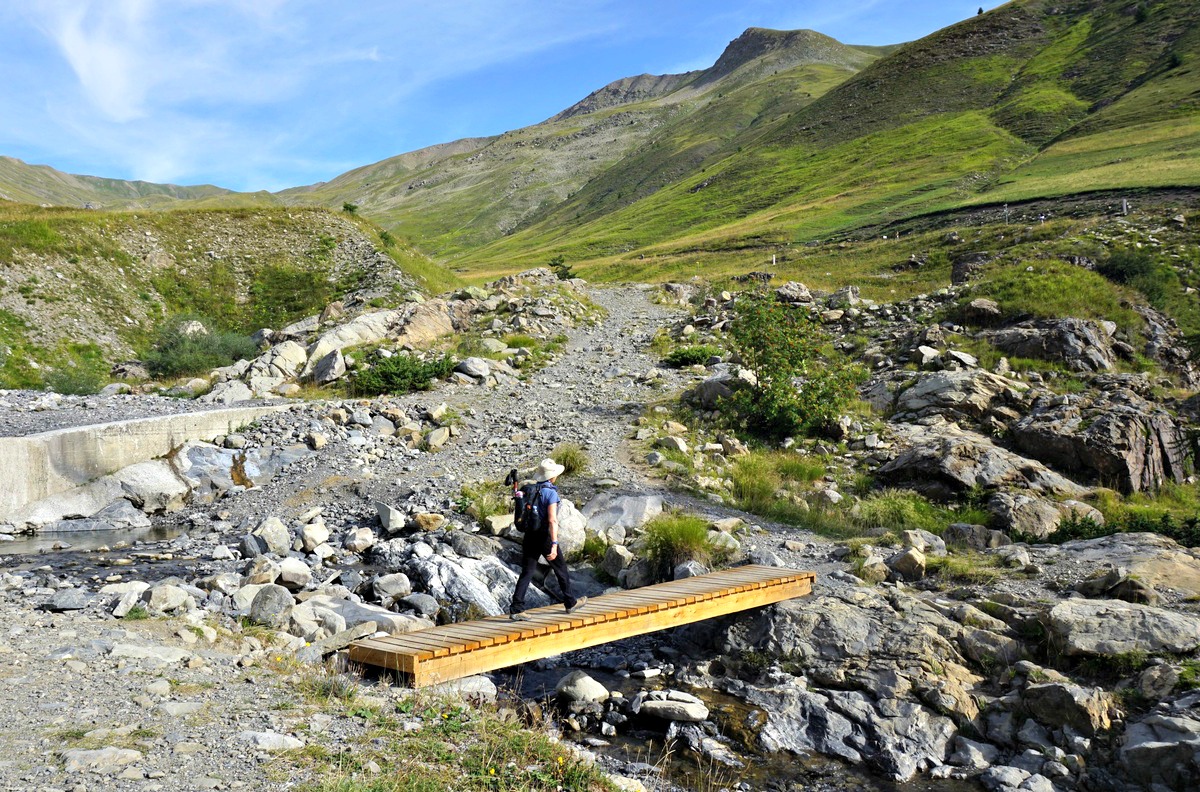
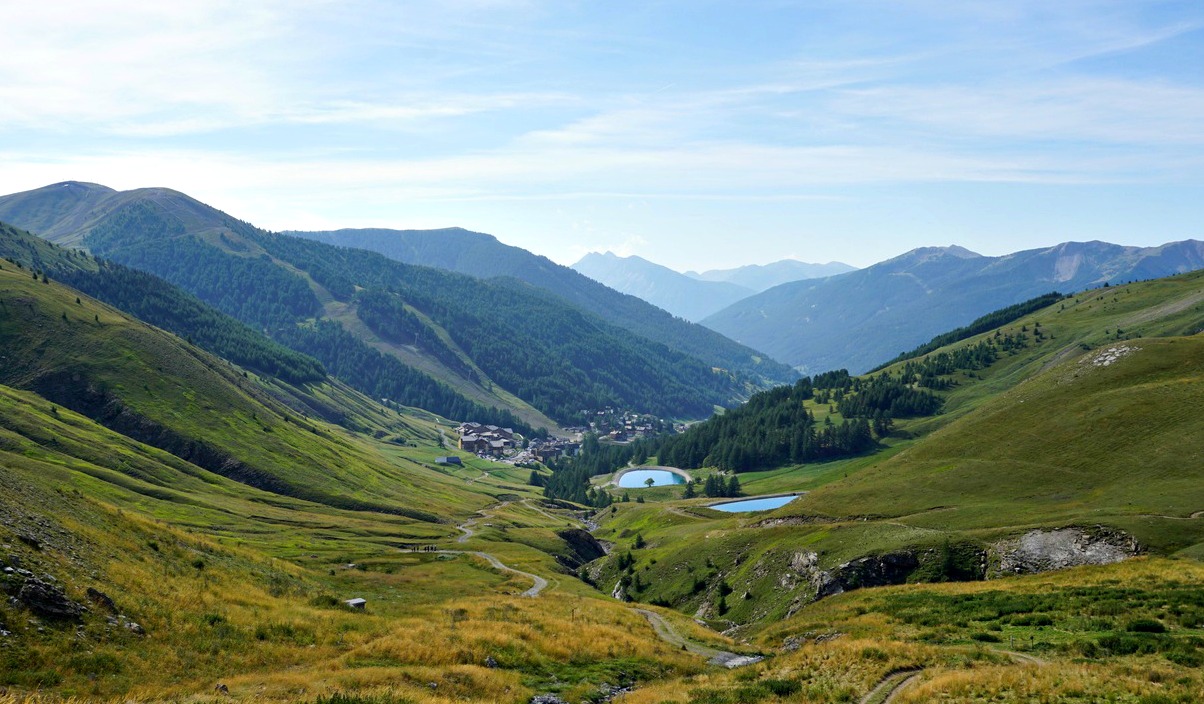
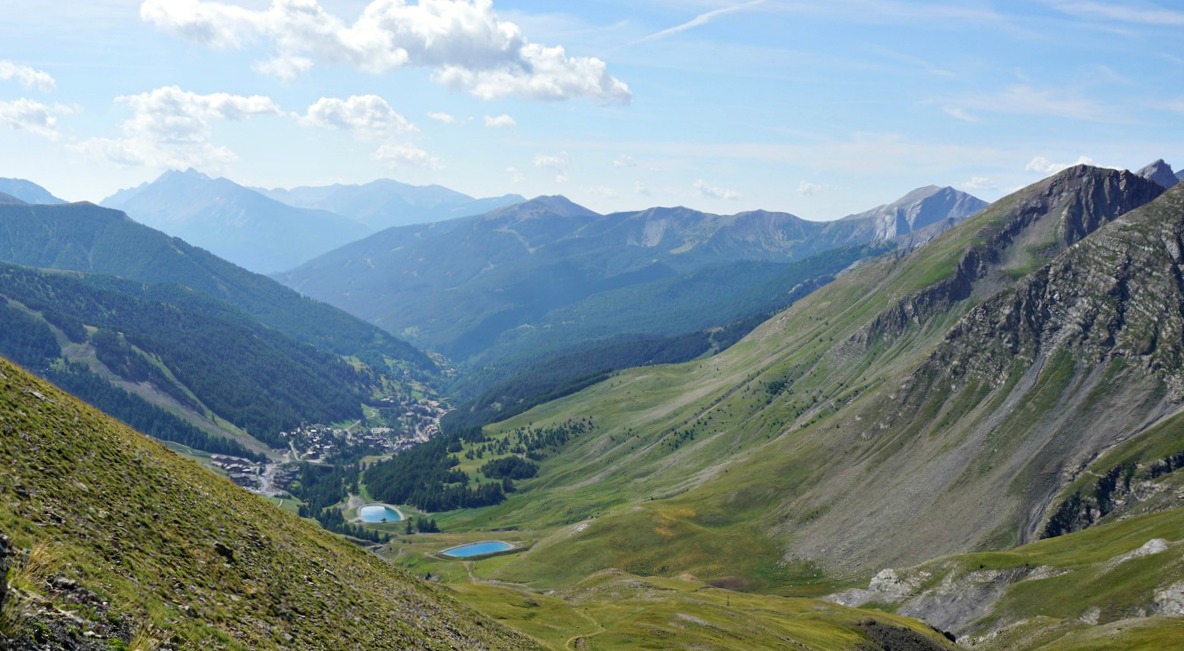

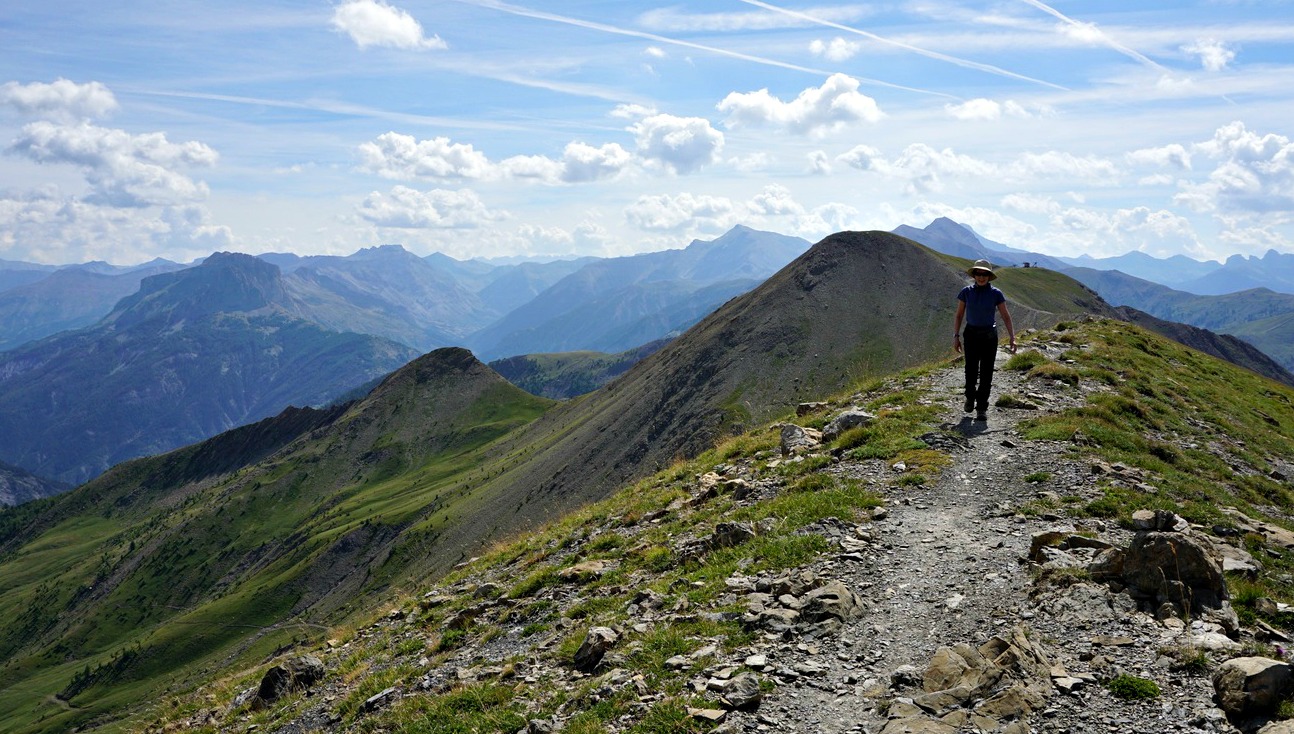


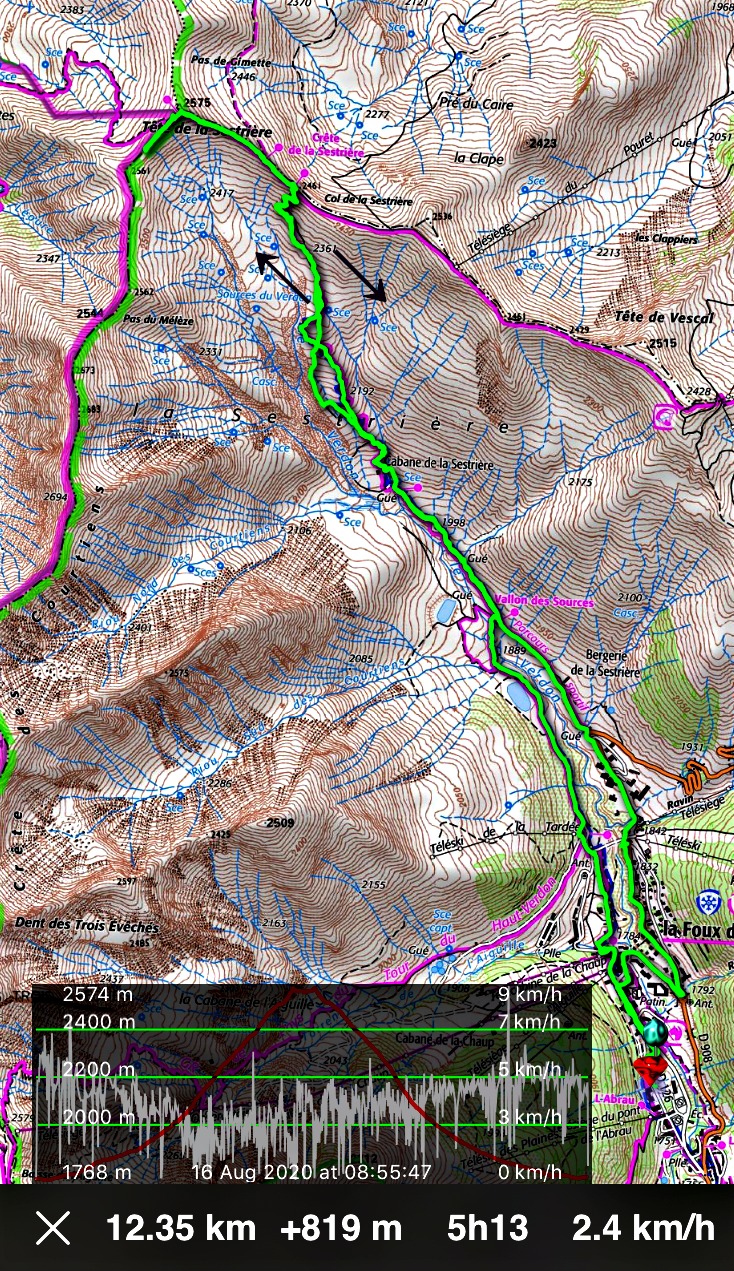




0 comments:
Note: only a member of this blog may post a comment.